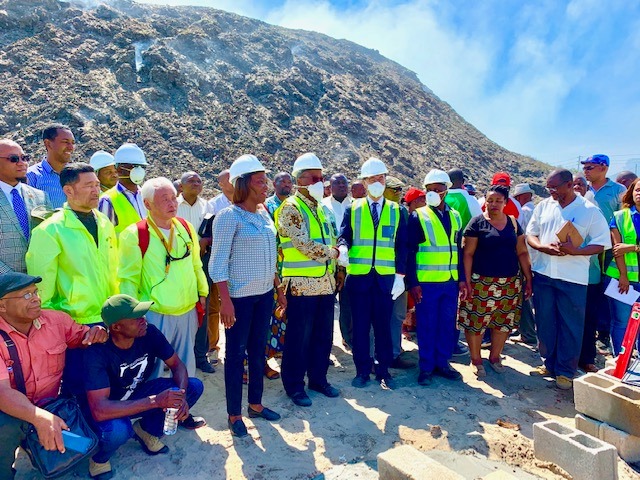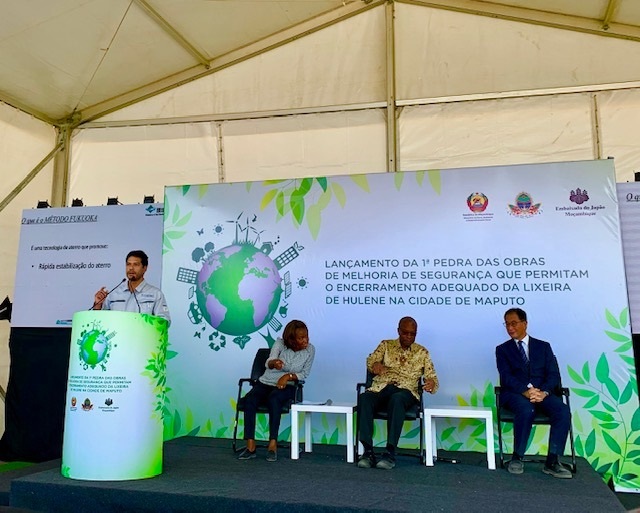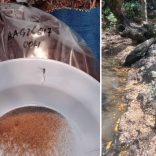Mozambique: 10 lecturers dismissed for sexual harassment
Watch: Japanese-funded project to boost safety at Hulene dump – AIM

Photo: Embaixada do Japão em Moçambique/在モザンビーク日本国大使館
A project to improve security in Maputo’s potentially lethal rubbish dump, in the neighbourhood of Hulene, began on Wednesday.
The dump has grown over the decades, and is now a smouldering (since parts of it are always on fire) giant towering over homes in Hulene. It continued to grow despite the former mayor of Maputo, David Simango, making removal of the Hulene dump a promise in his successful 2013 campaign for re-election.
Tragedy struck on 19 February 2018 when, after torrential rains, part of the dump collapsed, burying homes, and killing 17 people. Only then were households forced to move away from the shadow of the dump.
The project to improve safety at the dump results from a partnership between the Ministry of Land, Environment and Rural Development, Maputo Municipal Council and the Japanese government, which is providing a grant of 92 million meticais (about1.5 million US dollars).
The project is based on the Fukuoka method of solid waste management. The plan is to ensure safety while the Hulene dump is transformed into a semi-aerobic landfill.
Speaking to the independent television station STV, Paulo Queiroz, a member of the technical team of the Japanese company implementing the project, said the shape of the dump would be turned into that of a step pyramid. “This will greatly reduce the risk of collapse”, he said.

Under the Fukuoka method, pipes are supposed to be densely installed throughout the dump. This ensures the circulation of air which will accelerate the decomposition of waste, and reduce the contaminants in the water leaching from the dump.
Creating this aerobic condition in the dump should also reduce the production of methane, which is a potent greenhouse gas, and thus help tackle climate change.

Ivette Maibasse, a national director in the Ministry of Land, Environment and Rural Development (MITADER), told reporters the government is still paying a mobility allowance to the families removed from the area after the collapse of February 2018, and temporarily resettled in the Albasine and Ferroviario neighbourhoods
But work has begun on a definitive resettlement area in the Possulane neighbourhood where 300 houses will be built, at a cost of 30 million meticais.















Leave a Reply
Be the First to Comment!
You must be logged in to post a comment.
You must be logged in to post a comment.